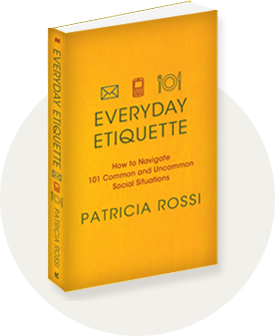 10 Tips for Setting up a Home Office
10 Tips for Setting up a Home Office
More than ever before, people are working from home offices. This arrangement certainly has its advantages, from saving time and gas money to allowing flexible work hours. If you are one of those fortunate people who get to work from home, you will want to set up your home office in a manner that will keep you most comfortable and productive.
Here are some tips that will help you get started:
- Workspace. Choosing the location of your home office should take some consideration. You will want to avoid an area with too many distractions, such as a room where others may be watching television, or the kitchen where people like to congregate, socialize, prepare and eat food. Of course, the locations will vary depending on whether you live alone or with others. A quiet space, preferably without a bed (as this might encourage napping), is ideal.
- The desk. This is the one piece of furniture that most defines your workspace. If home is the primary location you will be doing your work, then make sure your desk offers the appropriate space and functionality. You will want to plan out in advance all that will need to go on your desk and make sure you have enough surface space where you won’t feel crowded.
- The chair. Don’t be afraid to splurge on a comfortable chair for your home office, as this may be the one piece of furniture that determines just how much time you actually enjoy spending in your workspace.
- Lighting. It is important to have proper lighting in your home office. This will not only make it easier to see what you are working on, but will avoid potential headaches, eye strain and sleepiness.
- Additional furnishings. Your home office is your command center, so furnish it however you see fit. Perhaps you will want to add shelves, drawers, a storage cabinet, additional seating, etc. Make sure you add what you need in order to accomplish your goals successfully.
- Equipment. Depending on the type of work you do, you will probably need to have additional equipment, such as a computer or laptop, printer, fax machine, telephone, answering machine, etc. If you frequently use the Internet for work, a high speed connection will serve you well. Also, it is important to have a backup plan should your equipment fail. If you use a desktop computer, then a laptop may be your backup. If your computer fails or the Internet is down, you can always resort to your laptop and take it to Starbucks or the local library.
- Accessorize and customize. Once you have set up the work related furnishings in your home office, add accessories that are pleasing to you, such as family photos, sports memorabilia, etc. Consider it your throne room and make it a space you enjoy entering and you will be most productive.
- Keep personal life separate from professional. You should not mix your personal life with your work life. Make sure to set up a business line, so you can answer your business calls in a professional manner. Keep a personal bank account and another for your business, do not combine them. You may also want to have a PO Box that you use for your business address, separate from your home address. Keeping personal accounts separate from business will make record keeping much easier for tax purposes.
- Establish Office Hours. Although working from home offers some flexibility in the hours you work, establishing office hours will be helpful to you, clients, family and friends. People will know when they can reach you and hopefully will not drop in unexpectedly while you are trying to get your work done.
- Call it a day. Be sure to have a clock in your office so you can attempt to stick to those established office hours. When working from home, it’s easy to lose track of time and just keep working. Know when to leave your home office, close that door behind you and call it a day!




Great tips! I always take 5 minutes to get papers and items organized again after working in the office so I can walk back in feeling together…not frazzled and overwhelmed.
Thank you, Martha! It can make such a difference.
My best,
Patricia